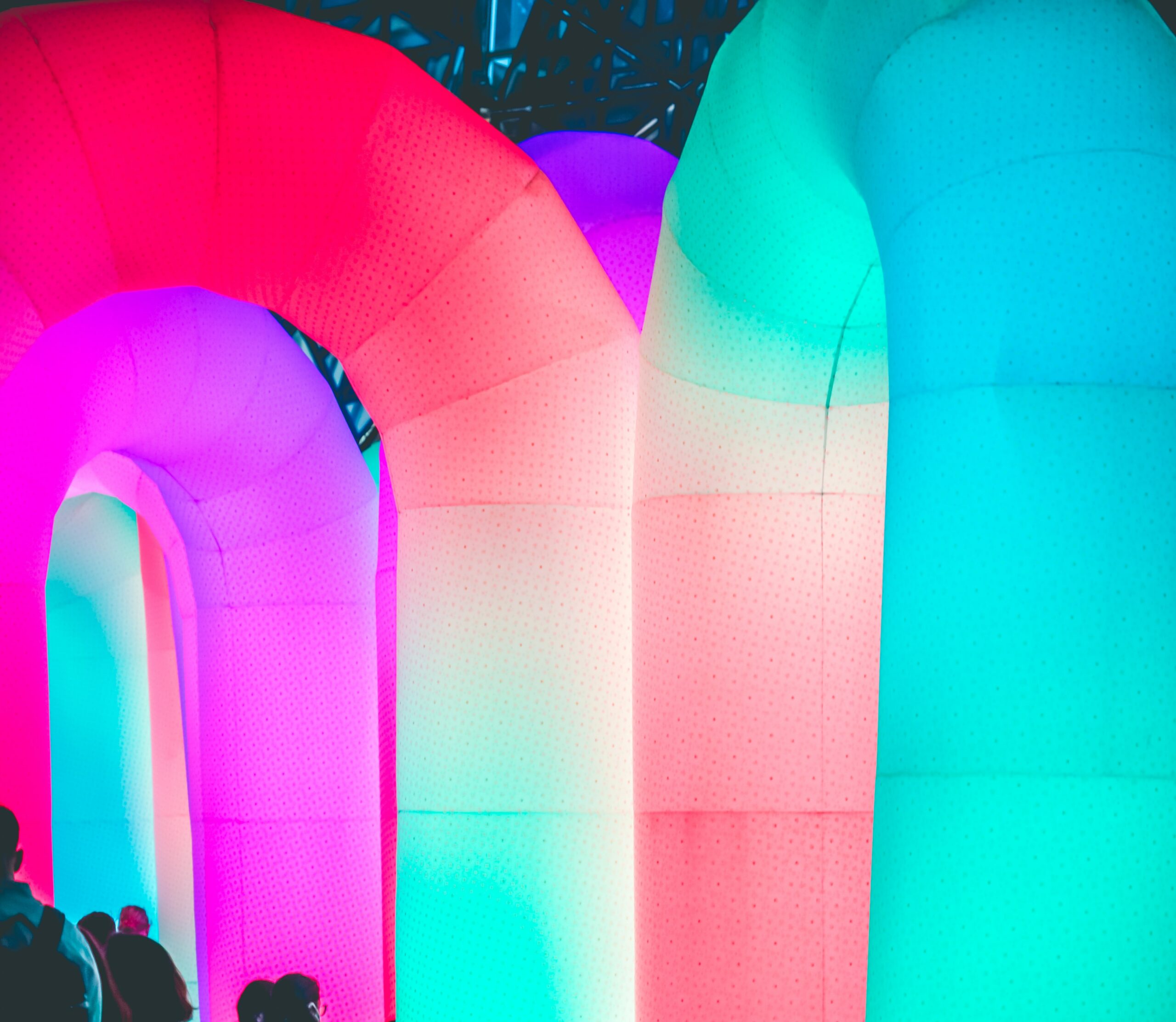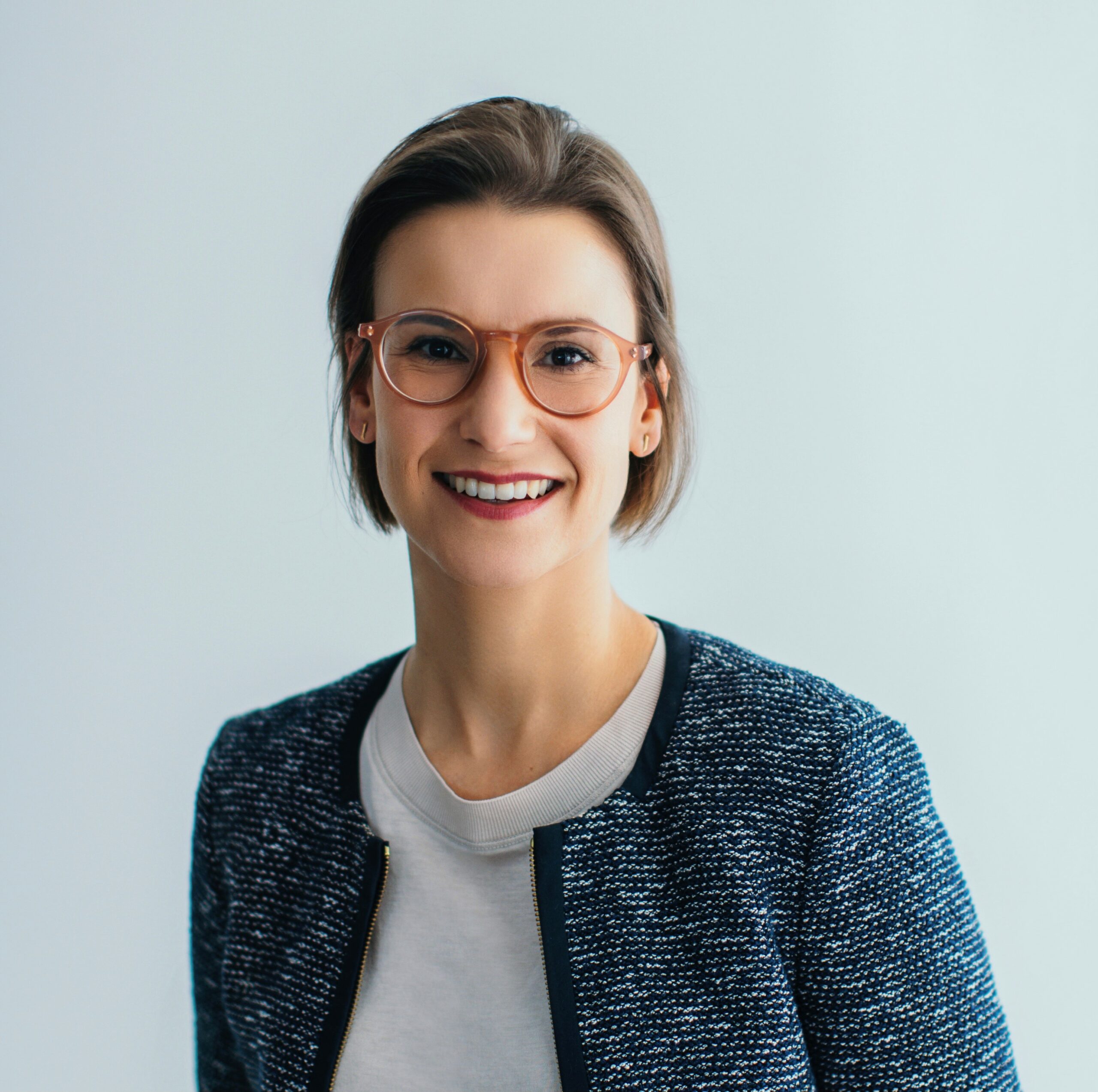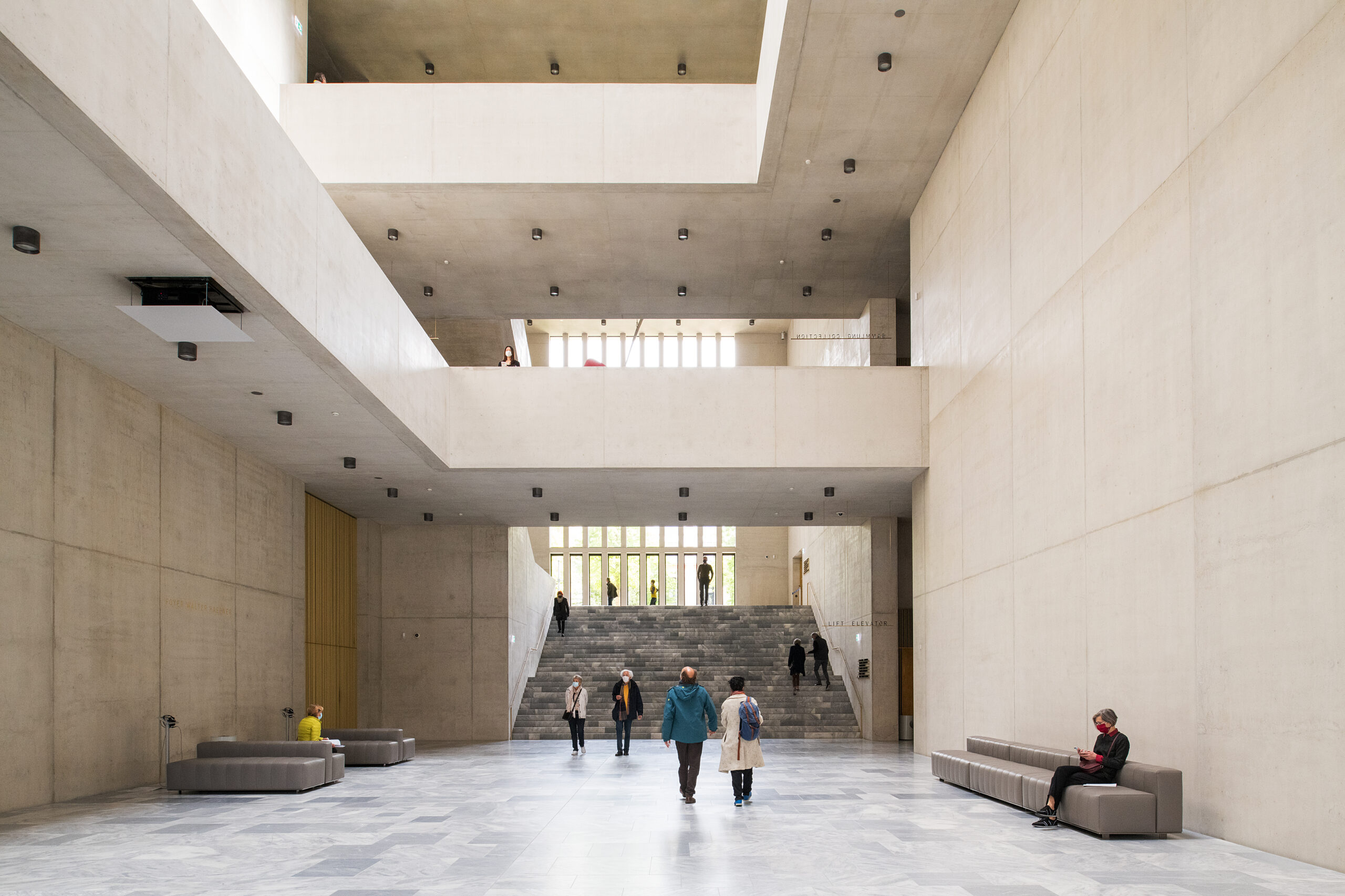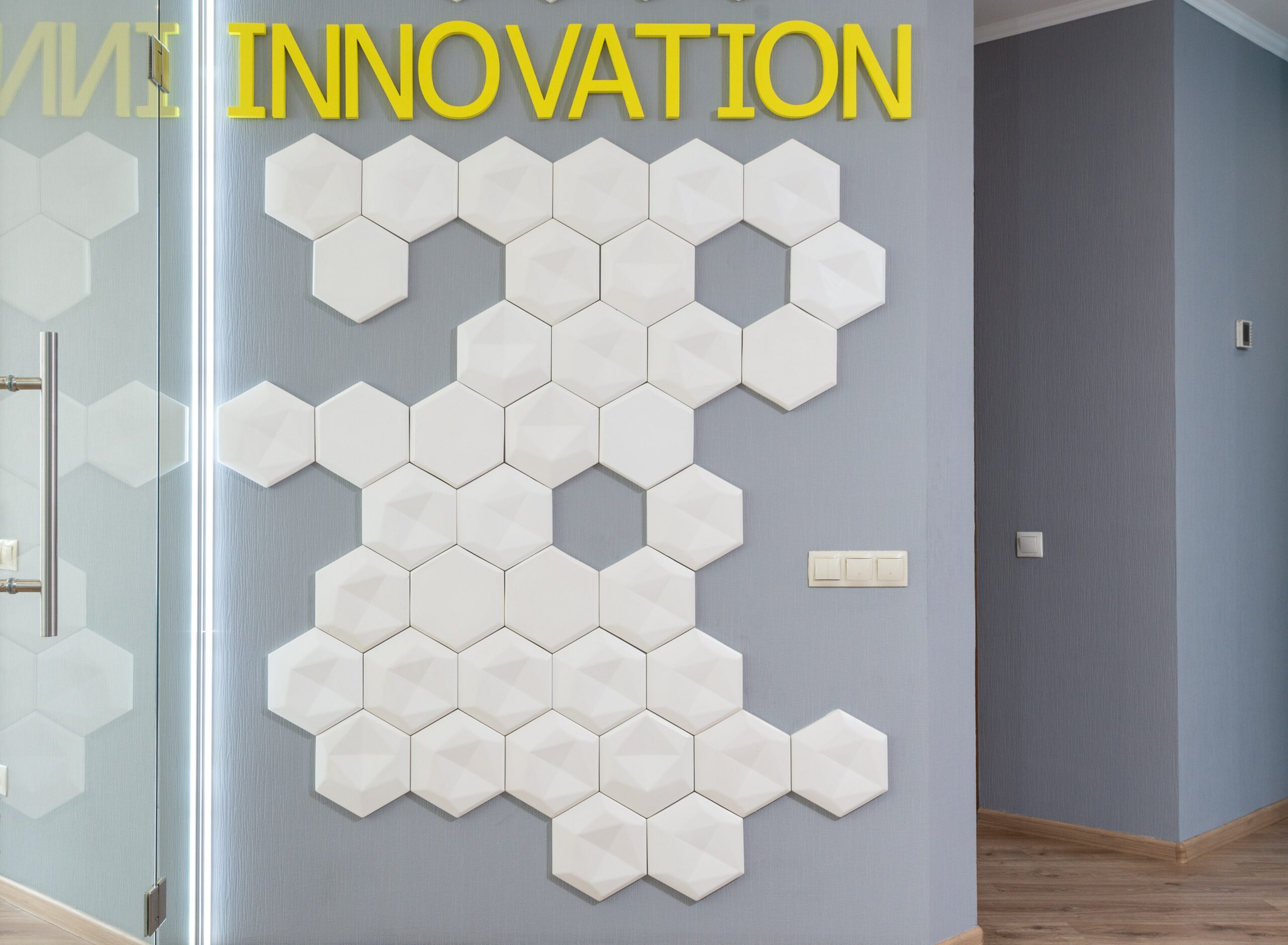Bertold Mueller explains the valuation of works of art in a changing investment environment and gives an insight into a world in which every product is unique.
Art is extremely diverse and artistic freedom means that there are almost no limits on the artists. Where is your limit on artistic freedom?
It depends, would be my answer as a lawyer. In principle, it is vital to grant and protect artistic freedom. We learn from history what it meant to be deprived of freedom under National Socialism or in the GDR, just to name two regimes. In Switzerland artistic freedom is protected by Article 21 of the Federal Constitution, and rightly so. However, this fundamental right needs to be measured, in case it affectsother rights, or leads to infringements, for example of personal rights.
This is also the measured approach we are taking at Christie’s where we have strict guidelinesregarding objects that are not permitted for sale, like National Socialism memorabilia.
In your opinion, how will the art market change in the future, both in the way art is made and the way the works of art are distributed? What potential do you see in AI or virtual reality art?
This is a very exciting question! We are working on this topic with a group of students from the University St. Gallen, supervised by Dr Laura Noll, to outline ideas on the future of the art markets and debate their relevance in the coming years.
Going forward, the continued digitalization will strongly impact on the enjoyment, distribution and sale of art as well as its creation. Christie’s was the first major international auction house selling a work of art produced by artificial intelligence. The Portrait of Edmond Belamy fetched almost half a million US Dollar in 2018, multiplying its pre-sale estimate. Later this year, we will be offering a mixed reality artwork by Marina Abramović, her seminal performance piece The Life, at our Post War and Contemporary Art auction in New York.
As the future artists, curators, collectors, and critics are the young generation of today, consequently it will depend very much on their views and needs as to how the art markets will develop.
As a company we base any development steps on considerations about the next generation’s needs. In 1967, Christie’s was the first auction house to accept a phone bid via the first telephone anyone had seen in an auction room. More recently we have created online bidding tools and apps, we hold around 90 online-only auctions annually, we use our social media channels to engage, and our website has been visited by 13.3 million unique viewers throughout 2019.
In addition to digitalization, we are also seeing the effects of globalization. Our online auctions attract annual bidding from over 195 countries. Such a reach was impossible, let us say in the 1990s, when auction information was obtained through printed catalogues, mailed to clients. Today, obtaining auction information is easy, quick and possible wherever you are with just a few clicks on a mobile device.
In terms of the areas of collecting, we continue to see increased interest in the 20th century art field as well as in the luxury sector, comprised of wine, handbags, watches, and jewellery auctions. In recent years we have witnessed a widening gap between the masterpiece and the middle market. For instance, Decorative Art from the 18th and 19th centuries is not in such great demand currently. The interest in and obtained value for top objects in this field, as in other categories, has however increased significantly over the past years.
What about video art? How is this presented at an auction and how is it installed at the buyer’s site?
Video art and installations have not established themselves highly on the secondary art market. Individual lots have been offered at auction in the past but are primarily handled by specialized galleries. Ongoing technical developments and challenges in obtaining original equipment are amongst the reasons why video art has not developed a strong presence in the auction world. Who is still using Beta or VHS tapes today?
To what extent is there a demand for contemporary art and in what forms is this expressed?
Contemporary art is clearly one of the driving forces of the art markets. The market for contemporary art is not only the most dynamic, but also the most relevant to clients with different cultural backgrounds. For example, an Old Master painting depicting Saint Sebastian might not attract the same level of global understanding and demand as an abstract painting by Gerhard Richter. Furthermore, there is an ongoing, global supply. In my view, post-war and contemporary art will remain a key driver of the art markets going forward.
Your colleague Professor Dirk Boll stated in an interview with the Süddeutsche Zeitung that art lives from public debate. Without art scholarship and criticism and without the authority of independent museums and exhibition houses, art would wither away to decoration“. How do you see Christie’s position – do auctions promote art studies? Is there any empirical value as to what percentage of the artworks find their way back to public exhibitions through donations or loans after auctions?
At auction, rediscovered works of art are occasionally offered which scholars have not seen in the flesh for decades. In some instances, scholars were not even aware these works still existed. In this sense, and through our inhouse researchers, auctions do provide for wider art research. We have established very strong relationships and a constant dialogue with many museum curators, research institutes and independent art consultants. These exchanges also help us to produce meaningful catalogues which can be found in all major public art libraries around the world, in hard copy and digitalized forms.
Many collectors make their works of art available to the public through exhibition loans or long-term loans to museum collections. Their motivations can be of different nature: sharing the pleasure of their artwork with a wider public, placing the work in dialogue with other works in a new thematic approach. For long-term loans the preservation of the work of art in a museum environment can be a forceful driver, and, of course, a loan to an exhibition or to an institutional collection increases the prestige of a work of art. Overall, however, the main motive is to place art in a new and dynamic context.
Given our close relationships with art collectors around the globe, we at Christie’s are often asked by museum curators to facilitate such loans in very diverse fields. For example, for the upcoming Goya exhibition at the Fondation Beyeler, we helped to negotiate several loans.
How long does it take Christie’s to determine whether a work of art is genuine and how does this process work?
At Christie’s, a „Pre-Sale Due Diligence“ process is in place for each work of art. Without this process, no work will be included in any auction.
Depending on the type of object and the time (date) and place of its creation, the research can be lengthy or more straightforward. By default, we check whether a work of art has been stolen or lost – for example, during the National Socialist era. We further research the previous owners of the work, whether the work has ever left the country illegally, and if the paperwork is complete.
Our internal specialists thoroughly examine each work, in teams, and often also liaise with external experts on the artist to confirm an attribution.
All information discovered on the artwork is subsequently included in the catalogue, reflecting the current state of research on the artwork.
In your view, how can the value of a work of art be intrinsically quantified?
The evaluation of works of art is time consuming and requires a lot of expertise and knowledge. Most importantly – and as base of all valuations – a work of art is unique.
This is even the case when we have to research a print from a series of 30. Christie’s might have already offered print numbers 3/30, 11/30 and 24/30 from this series, but still the additional lot needs to be checked thoroughly as it might have belonged to an important collector who has lent the work for an institutional exhibition, or the work was not stored correctly and has water stains or it was exposed to the sunlight, etc. All these factors will influence the pre-sale estimate of the work.
However, there are a handful of parameters that are useful in determining the value of a work of art, its quality being the starting point, of course. Furthermore, how rare is the artwork? What is its condition? Is it fresh to the market? What is the provenance of the work? In which period of the overall oeuvre of the artist does it fall?
Ultimately and as pointed out by Pierre August Renoir: „There is only one information about the value of an artwork, and that comes from the auction room!“. Until you have sold a work of art, you do not really know its economic value.
Over the last 50 years, there has been a significant increase, not only in the volume but also in the overall level of prices achieved for top works of art. That said, it is not a given that when a painting by Picasso sells at a record price, automatically other works by Picasso increase in value, too.
Has the customer profile changed with the 0% interest rate environment?
Some say that one can observe a tendency towards acquiring tangible assets over financial assets. If that holds true for art collectors as well, it is most likely only relevant to a small category of collectors.
Could there be a „bubble formation“ as with other alternative investments?
Sadly, I do not have a crystal globe. One of the best indicators for the state of the art markets is looking at sell through rates across categories, price bands, and sale channels. In 2018 and 2019, our average sell through rates have been particularly high at an average of 82%. While the growth of the art markets and the increase in prices paid for certain works of arts has not been linear in the past, it will neither be so going forward. Given the topics discussed earlier – digitalization and globalization – I am positive, however, that in the long run the improving accessibility will lead to further demand.
Have you also noticed a general increase in interest in art in the public?
Definitely! And across the various touch points like fairs, museums, gallery week-ends, etc. According to our own data, this increase can be described as exponential. Since 2016 we report every year around 30% of new clients transacting for the first time with Christie’s. Most of these new clients come to us via our online platforms. Within a year, 10% of these new clients which came through our online auctions, transact in one of our 250 live auctions. We aspire to further support this trend by way of increased accessibility and art educational efforts.






